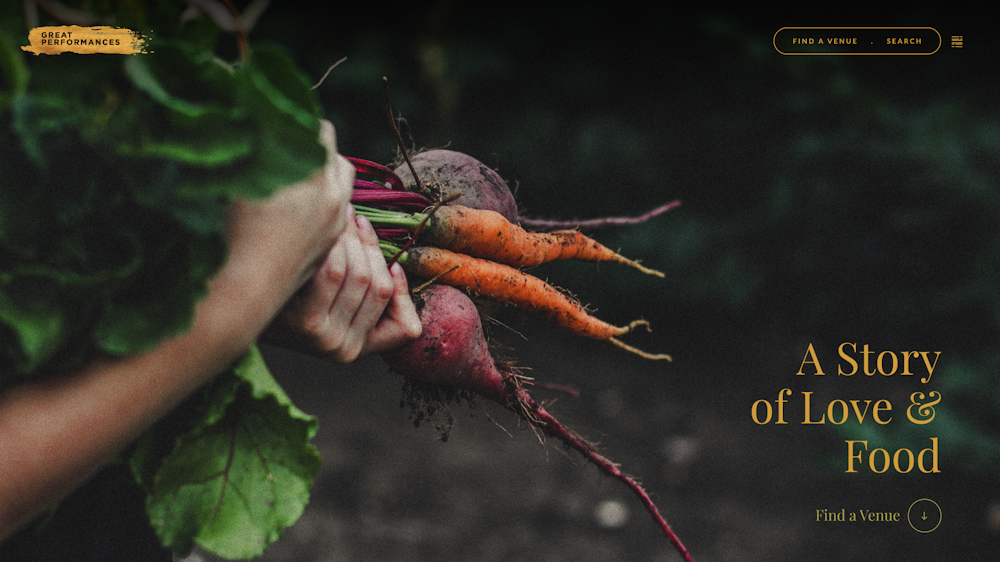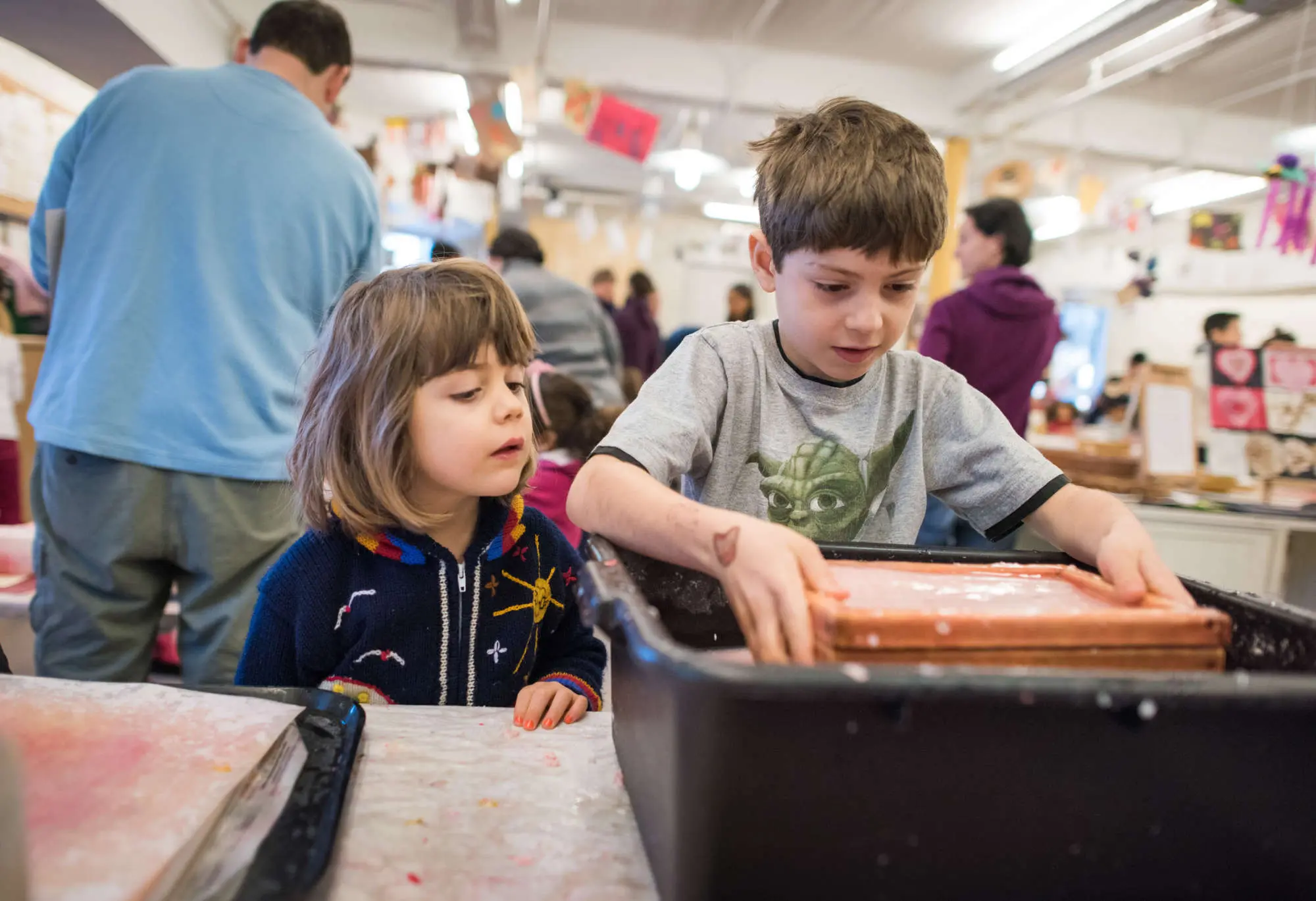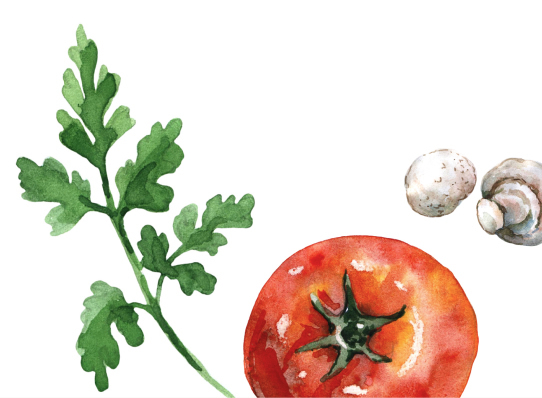Lessons from Building a New Website

LESSONS FROM BUILDING A NEW WEBSITE
By Carina Hayek
As I turn the corner on five years at GP, I’m getting ready to launch the newest iteration of our website. It’ll be my third website launch at GP, but the previous two went largely unnoticed – by design. Our first website relaunch was early 2019 and I’d inherited it from my predecessor. There were minor changes to design and copy and some underlying SEO work that had been done. But by and large, very few noticeable changes to outsiders. Our next change took place in 2020, just before pandemic hit and dramatically changed how we operated. Visually, our website didn’t change, but behind the scenes, we made a major change in moving to WordPress, overhauling search engine optimization, increasing the number of calls to action, implementing better tracking and flow throughs, and creating strategic content to drive traffic. It worked. Despite the lull in events, we doubled our site visitors and the number of leads we generated on our website.
Although we had a lot of great elements on our website, our business was evolving and as much as we worked to integrate the changes in our existing website structure, it was starting to look dated and it didn’t serve us in the ways we needed it to serve us – and our visitors.
As we considered our needs for our website, we knew that it had to reflect our future while staying true to our ethos; that we had to prioritize the visitor experience and make it easy for them to navigate the complexity of GP – without realizing how complex it could be; and to build a platform that would allow for continued growth, evolution, and expansion. But that makes it sound simple. We engaged a consulting team to facilitate the project and a website team to lead development. Here’s what we learned along the way.
Although we are all things to all people, we needed to create a site that made us the exact right thing for that specific visitor on our site – no matter who they were or what they were looking for (as long as it was catering, events, or hospitality related, of course). That meant creating a path that took them from 30,000 feet to 10 feet effortlessly.
Look for the friction. These are the moments that your preferences are being challenged and for most people, it’s instinctive to push back or reject whatever is creating that friction or discomfort. It’s often accompanied by statements of “I don’t like it,” or “That’s now how we’ve done it,” or even “We’ve tried that before and it didn’t work.” Instead of immediately pushing back, sit in that discomfort and ask what’s triggering that. It’s a humbling and necessary part of the process.
This goes hand in hand with coming to terms with the fact that we’re not building the website for ourselves, but very specifically for people who are not us. People who bring their tastes, perspectives, and experiences to their viewing of our website. This seems elementary, but as we’ve been sharing the website with more people within GP, we need to remind ourselves of this. This is especially true if you’re building something to draw in a different generation. (Ouch)
Look for people who are going to disagree with you. One of the early pain points we had in working on our website was people agreeing to all feedback without pushing back and providing their opinions. Have the disagreements and discussions throughout the process because all the data points are important considerations. We want the best solution, not just a solution.
And most importantly, before beginning, plan to plan. And plan to spend a lot of time planning. At the end of the day, it saves time and frustration and can even help accelerate the process. When you think you’re done planning, take another day to do more planning. Although we spent a lot of time planning (which led to frustration and a feeling that we weren’t making progress), we continued to uncover areas that we perhaps didn’t plan enough. We also discovered that we’re a lot more complex than we might want to admit.
The rest of the stuff – CTAs, SEO, UI/UX, and all the myriad acronyms; the brand and mission alignment; the story-telling and customer journey – everyone knows and should be an automatic part of the website development process.
Our launch date is right around the corner, and I can’t wait to see the result of our months of hard work, sleepless nights, and feisty debates. And although we’ll take a moment to catch our breath and appreciate what we’ve built, a website is not a destination, but a journey. It should be ever evolving, and if we’ve done our jobs right, the new site should continue to grow and evolve as GP does.
Related Posts
No records found for the
search criteria entered.
-

Exciting Events Around New York: August 2024
Check out live music, film, art and more at our partner venues this month...
-

Exciting Events Around The Bronx: August 2024
Check out community celebrations, outdoor events, and unique experiences in the Bronx this month...
-

Chef's Choir: Recipes to Stay Cool in the Summer Heat
LESSONS FROM BUILDING A NEW WEBSITE By Carina Hayek ...








